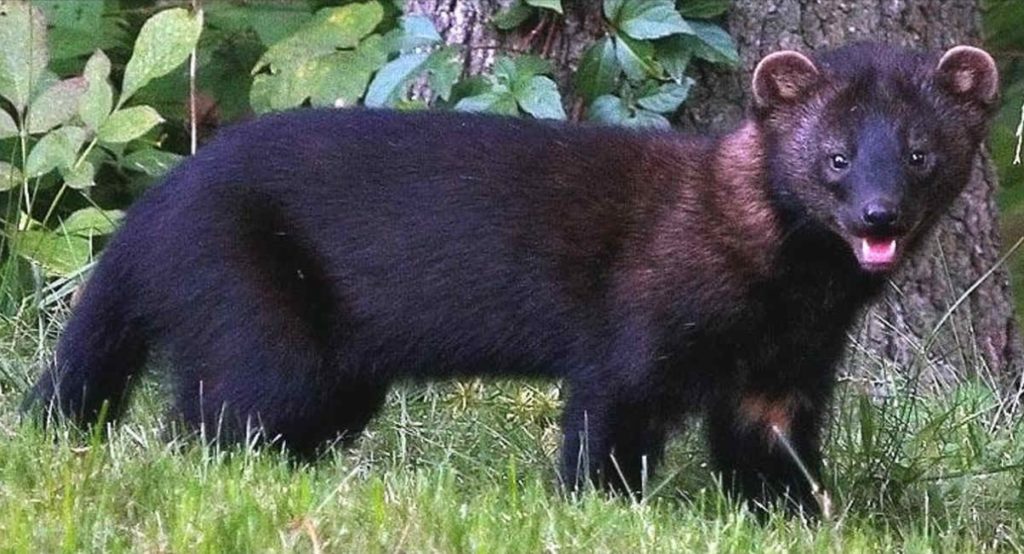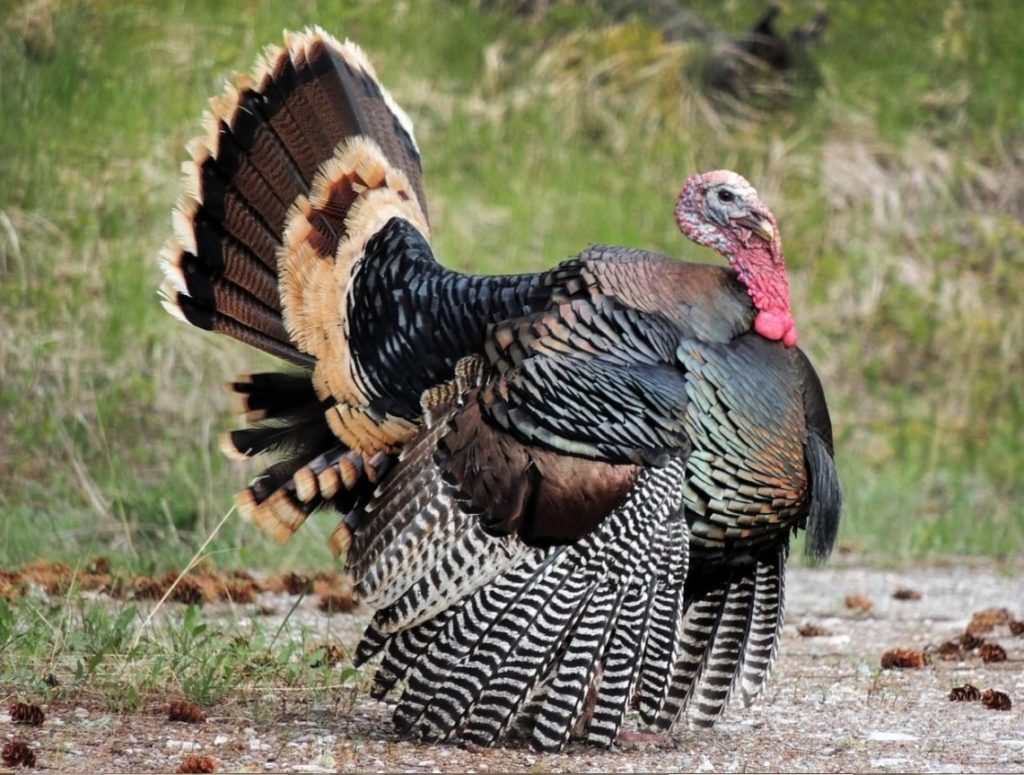Turkey season finally arrives
Spring turkey season has finally arrived. No, no, we are not talking about the season of the political turkeys, the various state governors around America who are artificially extending their unconstitutional stay-the-f*ck-at-home “lockdowns” into July without any merit or cause. What we are talking about is spring gobbler season.
No, no, no, not the Cookie Monster-type of gobbler, like California politician Nancy Pelosi eating her wall freezer full of gourmet ice cream while Americans can’t buy flour or toilet paper.
We are talking turkey here, a gobbler being a wild male turkey that gobbles to locate hens he can breed with. He gobbles as he walks through the woods and fields, and hunters call to him with hen calls, to lure him close enough to shoot with a shotgun. In the head. It is a huge challenge with a hunter success rate of about 5%-10%. Not a real high probability of success, but nonetheless by the end of May, when the season ends, hundreds of thousands of Pennsylvania turkey hunters will be walking disasters. They will have gone out daily at 4AM, hunted until 7:30 or 8:30AM, whereupon they will have gone to work for the day, and done it all again day after day. Until they get a bird or they are haggard skeletons and cannot function any longer.
Spring turkey hunting is demanding and tough to do well, and even the best callers get skunked. It is nonetheless a challenge that so many hunters gleefully embrace, however, because the rewards of simply trying are so high. Nothing else is like it.
One of the challenges facing spring gobbler hunters especially is a fairly new one.
Pennsylvania’s turkey populations are way down from historic highs about 15 years ago. Some biologists attribute this measurable decline to a continuing maturation of Penn’s Woods. That is, the continued growth of Pennsylvania’s mature forests, which provide good food, like abundant acorns, but very poor cover habitat for wild turkeys. Heavily cut forests that result in areas of impenetrable thickets of brambles and small tree saplings provide the kind of safety and nesting cover that wild turkeys require. Unfortunately, most timber logging is done more for the appearance of good looks, like lots of low-value trees left behind, than for valuable timber regeneration or wildlife habitat.
A second factor that has caused turkey numbers to drop is the relatively new presence of the fisher. The fisher is either a huge weasel or a small wolverine, but it is fully representative of the ferocity and toughness of both its cousins. It is a native predator here in Pennsylvania, but it was wiped out by the late 1800s like so many other cool animals that competed with new farmsteads built to feed families. Capture-and-release programs in the 1990s and early 2000s resulted in wild fisher populations expanding their territories and populations across the east coast. And if there is one word to describe the fisher, it is voracious. These things eat and eat and eat! They are especially adept at hunting animals in trees, like roosting turkeys.
So over the past ten years or so, turkeys have become less vocal in order to avoid being detected and targeted by predators. For hunters, this means a tougher time locating turkeys and doing the classic back-and-forth call where the gobbler struts in to within range gobbling, strutting, and all fanned out. These days, hunters can easily call, hear nothing, and after ten minutes stand up because they think nothing is moving, only to see a gobbler rocketing its getaway through the woods.
Gobblers and hens alike are coming in silently to hunters’ calls more and more, which requires hunters to just sit patiently and wait, and wait some more. No movement at all. No sounds. Just wait. Patience will kill more turkeys than all the fancy calling can. Make a few clucks, a few purrs, and just sit back and wait.
The Pennsylvania Game Commission staff have studied the stomachs of fishers, and they have reported back finding very little evidence of turkeys in them. Well, why would anyone expect to see evidence of wild turkeys in the stomachs of fishers if there are so few turkeys left? A single fisher can and probably will, given the chance, kill and eat dozens of wild turkeys every year. It would not take many fishers to put a choke hold on wild turkey populations. How many of those successful fishers were studied?
In any event, turkey hunters noticed a dramatic decline in wild turkey numbers beginning precisely with the expansion of the newly released fishers. That is a strong statistical correlation that is simply impossible to discount, regardless of what a handful of fisher stomachs have yielded up.
Finally, pathogens like Lymphoproliferative Disease Virus (LPDV) and West Nile Virus are known to be affecting turkey and grouse populations in different areas, and Pennsylvania is in a region where both these diseases are represented. LPDV is hammering wild turkey populations in New York State, so it may well be hurting ours, too.
Good luck to all the turkey hunters out there. Hunt safely (with your back up against a tree, a root ball, a big rock), don’t stalk turkey sounds but rather call the turkey to you, and only pull the trigger when your eyes have confirmed absolutely that the shotgun barrel is pointing at a live red, white, or blue turkey head with a beard attached to it. Have fun, and if you are like me most years, and you have near-misses and run-ins with wily tom gobblers, enjoy the time afield for what it is at its simplest – a walk with God, enjoying His incredible beauty at the time of Earth’s re-birth.


No Comment
Be the first to respond!